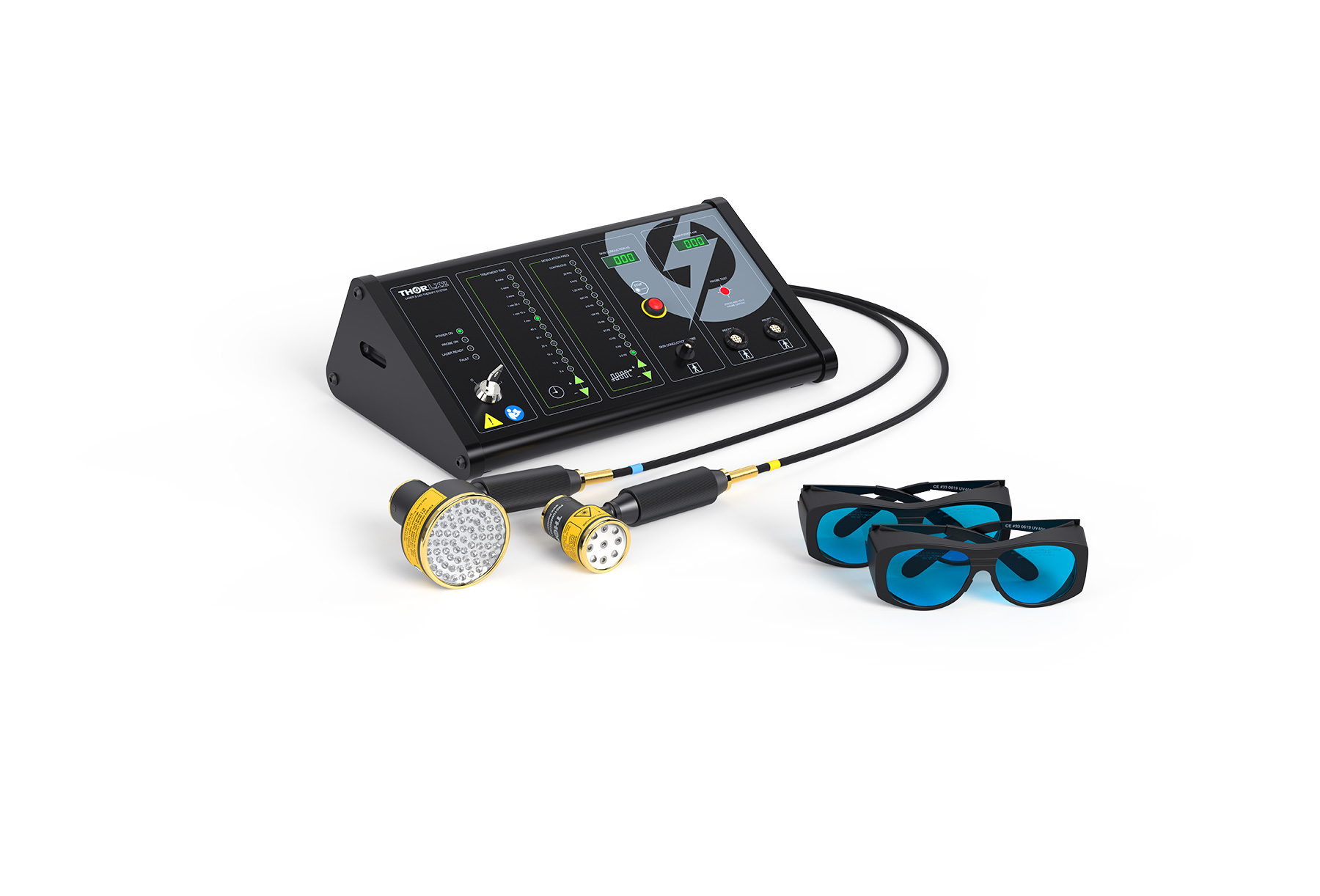Photobiomodulation for Dummies
Wiki Article
Getting The Photobiomodulation To Work
Table of ContentsSome Of PhotobiomodulationThe Best Strategy To Use For PhotobiomodulationWhat Does Photobiomodulation Mean?Photobiomodulation Can Be Fun For Everyone
Laser therapy is a medical therapy that uses concentrated light to stimulate a procedure called. During PBM, photons get in the tissue and interact with the cytochrome c facility within mitochondria. This interaction causes a biological waterfall of events that causes an increase in cellular metabolism, which can along with accelerate the recovery procedure.There is consensus that the application of a restorative dosage of light to impaired or useless tissue causes a mobile reaction moderated by mitochondrial devices. Photobiomodulation. Research studies have actually revealed that these changes can affect discomfort and inflammation, in addition to, cells repair work
Adjustments in ATP, reactive oxygen types and nitric oxide adhere to light absorption by Cc, O. These impacts are redox state and dosage reliant. In hypoxic or otherwise stressed cells it has been revealed lot of times that following, nitric oxide is released, ATP is boosted and oxidative stress and anxiety is decreased [27-31]

The Ultimate Guide To Photobiomodulation
PBM gadgets have been gotten rid of for advertising by FDA through the Premarket Notification/510( k) procedure as adjunctive gadgets for the momentary relief of discomfort. These clearances were based on the discussion of clinical information to support such insurance claims (Photobiomodulation). In this therapy, a source of light is placed near or touching the skin, permitting the light power (photons) to pass through cells where it engages with chromophores situated in cells resulting in photophysical and photochemical modifications that lead to modifications at the molecular, cellular and tissue degrees of the bodyInterestingly, current research suggests that light can boost efficiency in regular tissues and cells. The possible applications of PBMT are numerous and are being checked out experimentally at the standard science, pre-clinical and medical degree. The current medical usages are for the alleviation of pain and inflammation and the therapy of sporting activities injuries.

The therapy specifications and number of sessions needed for PBMT are dependent upon area and reason. PBMT typically requires even more than one treatment for optimal discomfort alleviation.
The smart Trick of Photobiomodulation That Nobody is Discussing
Treatment specifications for PBMT were initially developed using cells in vitro and check over here in little pet versions. These treatment specifications typically had a low irradiance and fluence and worked well for cutaneous applications. When medical professionals started to use PBMT to treat structures that were located deeper in the body, they utilized these specifications with adverse outcomes.
We currently recognize that these negative researches resulted from wrong device and therapy parameters for transcutaneous treatment of much deeper frameworks. Current advances in laser therapy devices and even more study right into the ideal does have actually significantly improved the results of PBMT. For treating deep cells, the wavelength of light made use of identifies the depth of penetration right into a cells.
Consequently, it is essential that a medical professional utilizes the proper wavelength right here of light and specifications to deal with a problem. One wavelength and one collection of therapy parameters will not be effective for all problems. Unfavorable adverse effects have not been reported from the use of PBMT (Photobiomodulation). Updated June 27, 2016Juanita j
Light treatment is a non-invasive treatment that functions by boosting the capability of the cell to produce energy (ATP) to heal the area being treated. Therefore, it can lower swelling, swelling, and discomfort in the area. Study in this area is increasing, with more comprehensive research study papers connected listed below for those who would love to find out more.
4 Simple Techniques For Photobiomodulation
In the initial experiment, Dr. Endre Mester, made use of shaved rats and observing exactly how the laser affected their capacity to grow hair contrasted to the group that was not obtaining LLLT. He discovered that the team of mice receiving LLLT were able to expand their hair back websites quicker than the group of computer mice that really did not receive LLLT (Hoon C, et al; 2012).This treatment is called this way to differentiate the difference in between the lasers some professions utilize to reduce (eg. Low-level light therapy is painless, non-invasive therapy.
LLLT has a biphasic feedback, implying that reduced dosages are generally seen to be a lot more valuable than higher doses. That being claimed, doses higher or reduced than the ideal dosage doesn't impact (Hoon C, et al; 2012). Because of this, it can be challenging to have research studies on LLLT with a lot of parameters.
Some companies integrated the 2 (LED and laser) to supply an extra all-around treatment since lasers can permeate deeper than LED and infrared light (Norman Doidge, The Brain's Way of Recovery, 2015). Throughout treatment, the area that is being treated is revealed to LED light from a Biography, Flex Laser, which goes to 660 nm wavelength, complied with by infrared light at 830-840 nm wavelength.
Report this wiki page